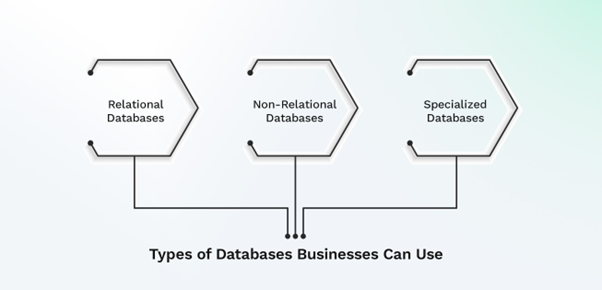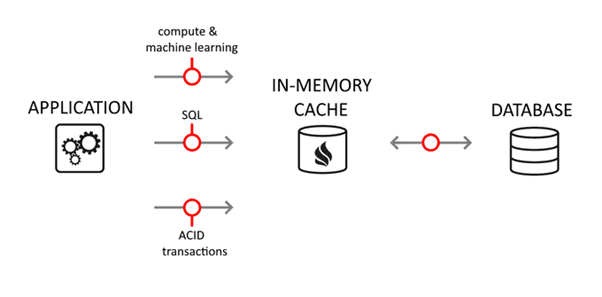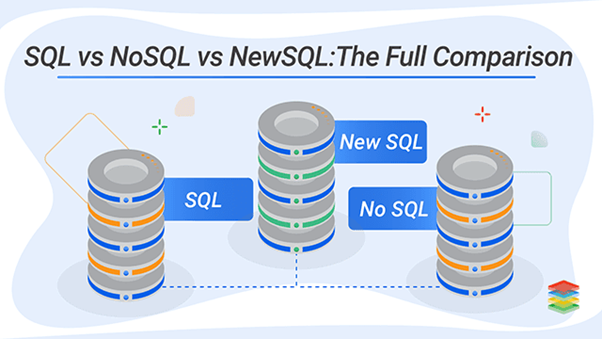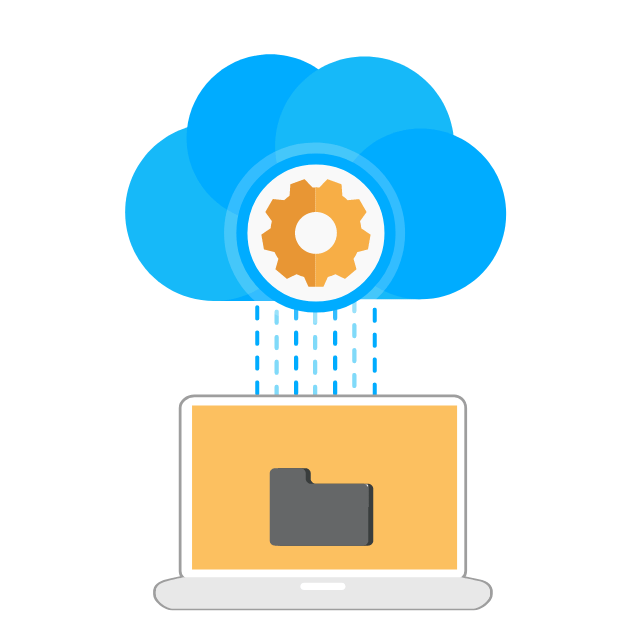Types of database

Data grows along with the business. Things like customer records, sales, marketing data, and tracking orders all add up quickly. One of the most important parts of having a business is making sure that all of this information is stored and managed well. We can use tools to help with that. It's not always the case, though. In fact, getting the wrong kind of database can cause a lot of trouble down the road.
What are the main types of systems used today? How do they work? What are some real-life examples? Why do businesses choose one type over another?
Why Do We Need Different Types of Databases?
Picture yourself running a coffee shop. You need to keep good records of your daily sales, coffee bean stock, and customer reward cards. It is easy for a simple organised database to handle. Now, what if you made a new app where millions of people could share coffee reviews, shots, and recipes? The data is all of a sudden jumbled, huge, and moving quickly. A rigidly organised database will have a hard time. Something much more adaptable would be needed.
That's why there are different kinds of libraries. Each one is made to deal with a certain type of issue.

Relational Databases (RDBMS): The Old but Gold Choice
This kind of collection has been around since the 1970s. In tables, which look like an Excel sheet with rows and columns, they store data in a neat way. Using special keys, each table can connect to other tables. This makes getting data organised and reliable.
Relational databases are popular with businesses because they meet ACID requirements for Atomicity, Consistency, Isolation, and Durability. This means that even when the system crashes, deals are still safe and honest. In fact, 60% of businesses polled by Statista in 2023 said they still use relational systems most of the time.
MySQL, PostgreSQL, and Oracle Database are all common examples. Relational databases are used by banks to keep track of account balances and by businesses like Shopify to keep track of goods, orders, and payments.
NoSQL Databases: Built for Speed and Flexibility
In the late 2000s, big companies like Google and Facebook began to have new issues. No longer did their data look like neat rows and columns. Instead, it was jumbled, unorganised, and rising all the time. NoSQL systems were made to deal with this kind of chaos.
NoSQL databases don't have to be strict about tables like relational databases do. It can instead work with different types of databases and their documents, key-value pairs, wide columns, or graphs. This makes it great for apps that change all the time.
Today, MongoDB and Cassandra are two of the most well-known NoSQL choices. For instance, MongoDB saves data like a digital filing cabinet; each user or post is saved as a separate file. NoSQL is used by Instagram to store billions of pictures and videos, and Amazon uses it to keep track of changes in inventory that happen in real time across warehouses around the world.
DB-Engines Ranking says that the number of NoSQL databases used increased by 25% in 2024 compared to the previous year.
In-Memory Databases: When Speed is Everything
Businesses sometimes need information right away, without even a second's delay. This is the best time for in-memory storage. These systems store all of their information in the computer's RAM instead of a slow hard drive. This makes accessing the information thousands of times faster.
A famous in-memory database called Redis is used by Uber to match riders with nearby drivers in real time. If their system was even slightly slow, the whole process of calling a ride would fail.
In-memory systems are also used a lot by Twitter, Snapchat, and other companies for real-time messaging and alerts. The MarketsandMarkets study says the in-memory database market will grow to $8.1 billion by 2027, which is almost twice as much as it was in 2022.

NewSQL Databases: Combining the Best of Both Worlds
Companies needed both the dependability of relational databases and the ability to grow and change with NoSQL systems. This is how NewSQL databases came to be.
NewSQL databases, like Google Spanner and CockroachDB, can be used on thousands of computers and have SQL features. They can handle millions of activities without losing the integrity of the data. Services like Google Ads depend on Spanner. In these cases, even a millisecond delay can cost the company millions of dollars in lost sales.
A benchmark study by Redgate Software found that NewSQL systems work 5 times faster than traditional relational databases when they are under a lot of load.

Cloud Databases: Flexibility on Demand
It costs a lot and comes with risks to run your own database systems. Companies now choose cloud databases, which are kept by big names like Google Cloud, Amazon Web Services, and Microsoft Azure.
Businesses don't have to buy gear, keep software up to date, or set up backups when they use cloud databases like Amazon RDS, Azure SQL Database, or Google Firestore. Everything takes care of itself. Plus, you only pay for what you use, which is good for both small businesses and big ones.
The majority of database work will likely be done in the cloud by 2025, according to Gartner Research.
Spotify, for example, moved much of its backend data to Google Cloud to handle over 456 million users without missing a beat. Airbnb also migrated its database systems to AWS to allow them to scale globally with ease.
Graph Databases: Understanding Relationships
Graph databases are made to understand connections that are very complicated. Like a mind map, they don't store material in rows, but instead use nodes and edges.
Neo4j is a top-notch graph database that businesses like LinkedIn use. When LinkedIn tells you about "people you may know," it uses graph technology to quickly find second- or third-degree links between you and those people.
In the same way, banks use graph systems to find fraud. If someone steals your credit card and uses it to buy something strange, the database can find trends that don't make sense by looking at how your past spending, location, and habits are connected.
Up to 100,000 relationships can be managed by graph databases every second. This makes them perfect for current social networks, finding fraud, and making suggestions.
Conclusion: Matching the Database to the Need
It's not just a technical matter to choose a database; it's also a matter of business strategy. A social media site needs a NoSQL or graph database that is flexible and can grow as needed. An RDBMS is what a bank needs to keep its records safe. For an app to work, it needs to be fast in real time, like an in-memory system.
Companies that do well always make sure that their database strategy fits with their goals for growth, their data structure, and what their customers expect. Right away, they ask smart things like, "How fast will the data grow?" What kind of relationships are there? How important is being able to answer right away?



